What are we learning in Reception?
Welcome to life in Reception
It’s already Autumn 2, and the children have learnt an impressive amount in just two months. They have settled confidently into school life and have developed new routines. This half-term they have explored seasonal changes, celebrated key events and taken part in many other learning experiences.
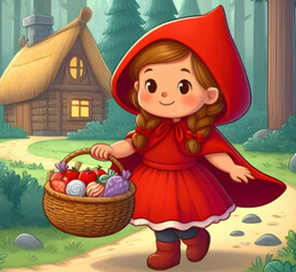 Literacy
Literacy 
Little Red Riding Hood
The second traditional tale we read was Little Red Riding Hood. This story helped the children develop reading comprehension and creative storytelling. The children also explored character traits and the moral of the tale. They also took part in role-plays, created story maps and changed the ending of the stories, showing their imagination skills.
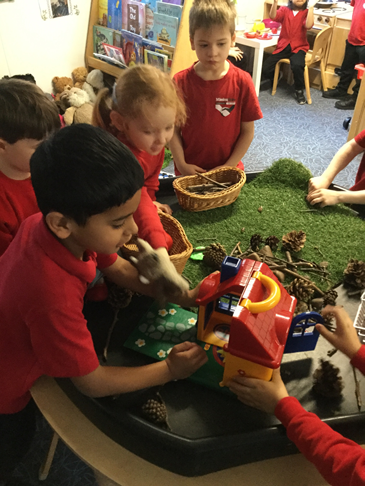
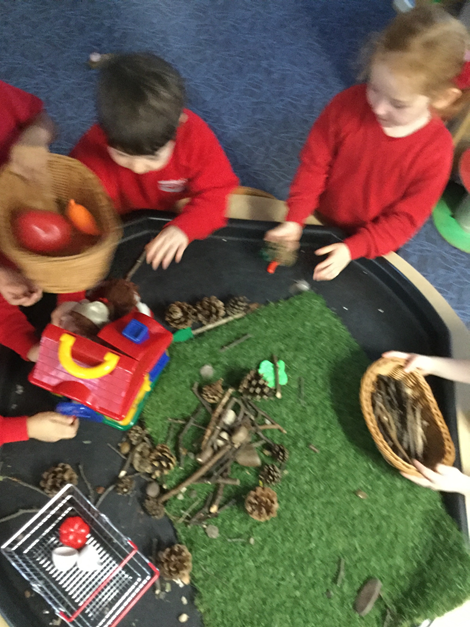
We continue to develop our phonics skills and practise writing words to build confidence and accuracy in reading and spelling.
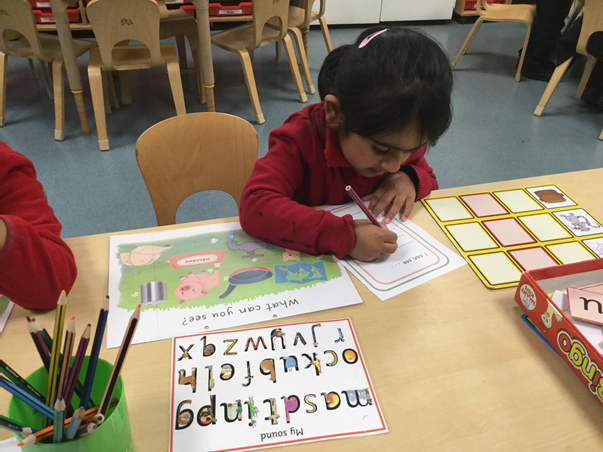
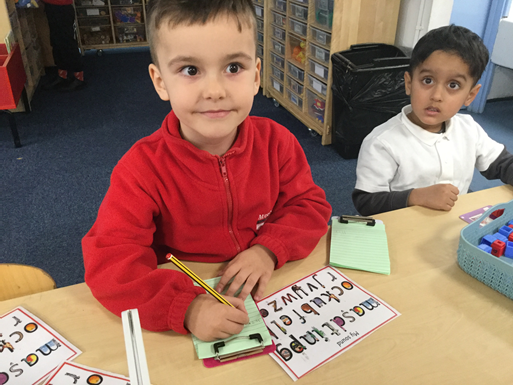
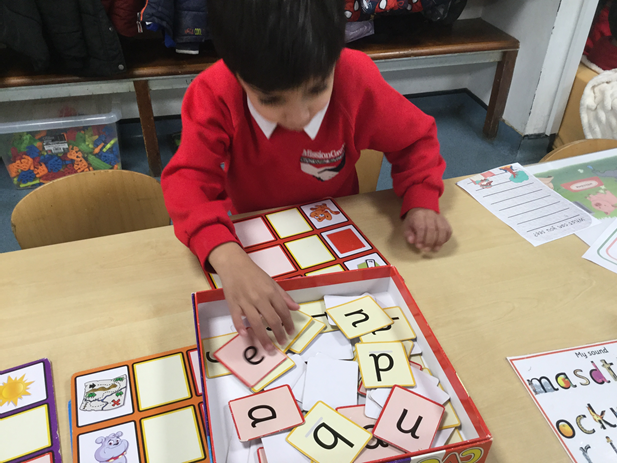
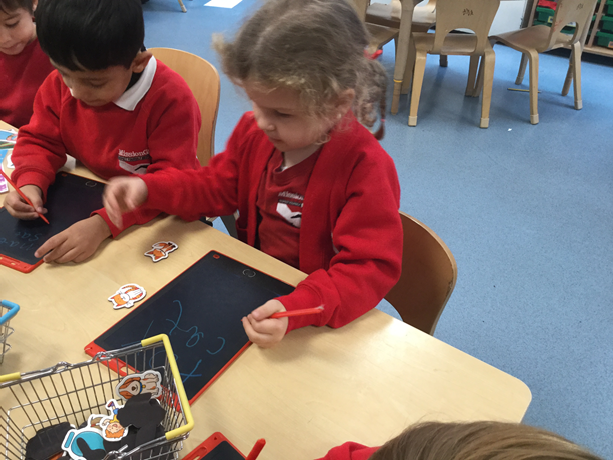
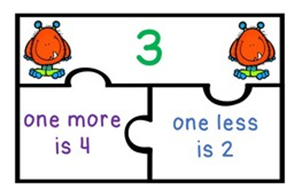 Maths
Maths 
In Maths, children learnt about one more and one less. They used role-play and first, then, now story structures to explore adding one more. Children learnt to recognise that the next number they count is one more than the previous number.
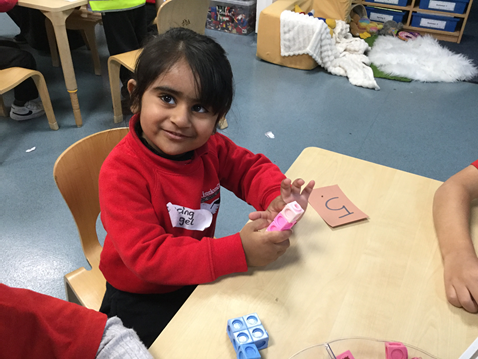

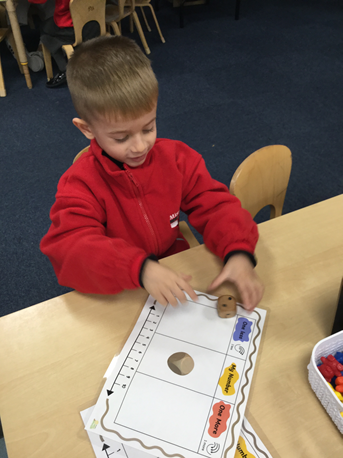
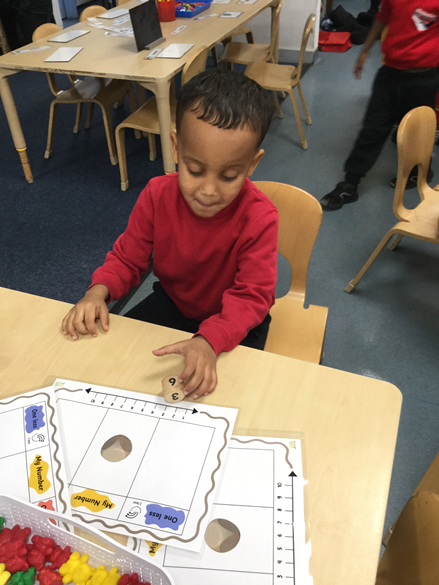
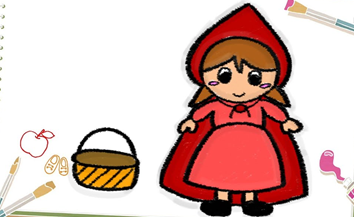 Art
Art 
Time to show our creativity with our beautiful artwork. With Little Red Riding Hood as our topic book, it is only right to demonstrate our pieces of art by showing our bear pictures using cotton buds as our paintbrush.
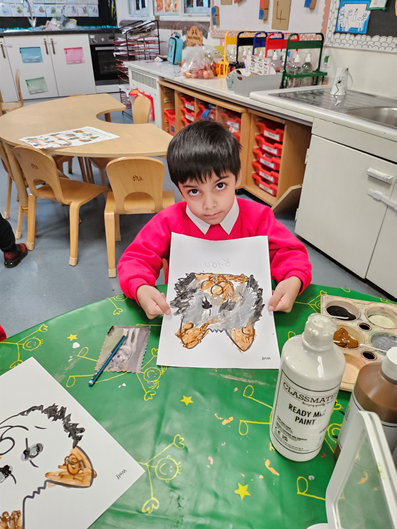
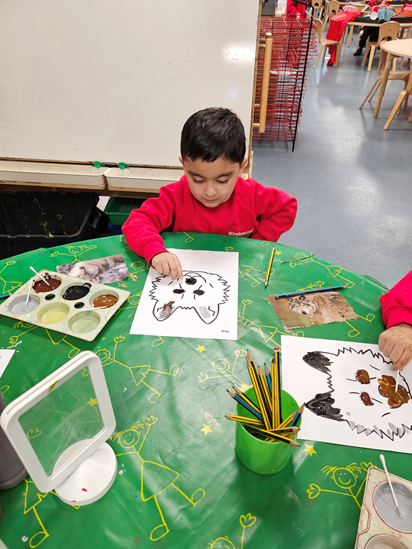
PSHE
This term in PSHE we have been looking at Celebrating Difference through the Jigsaw PSHE scheme. We learnt that everyone is unique and special in their own way, and discussed how to be kind, respectful, and inclusive. Inclusivity is one of Mission Grove's vision.
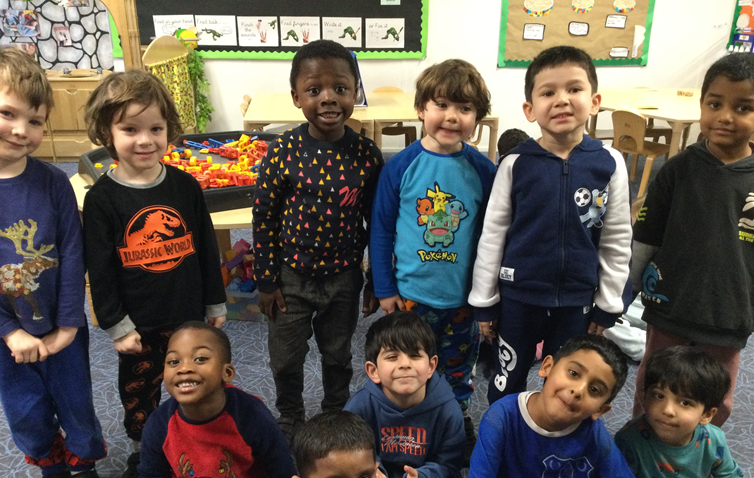
Thank you for taking the time to visit our Reception class page. We hope you've enjoyed finding out more about our learning journey. We are proud of how hard the children work and the wonderful progress they make!
Reception Team
